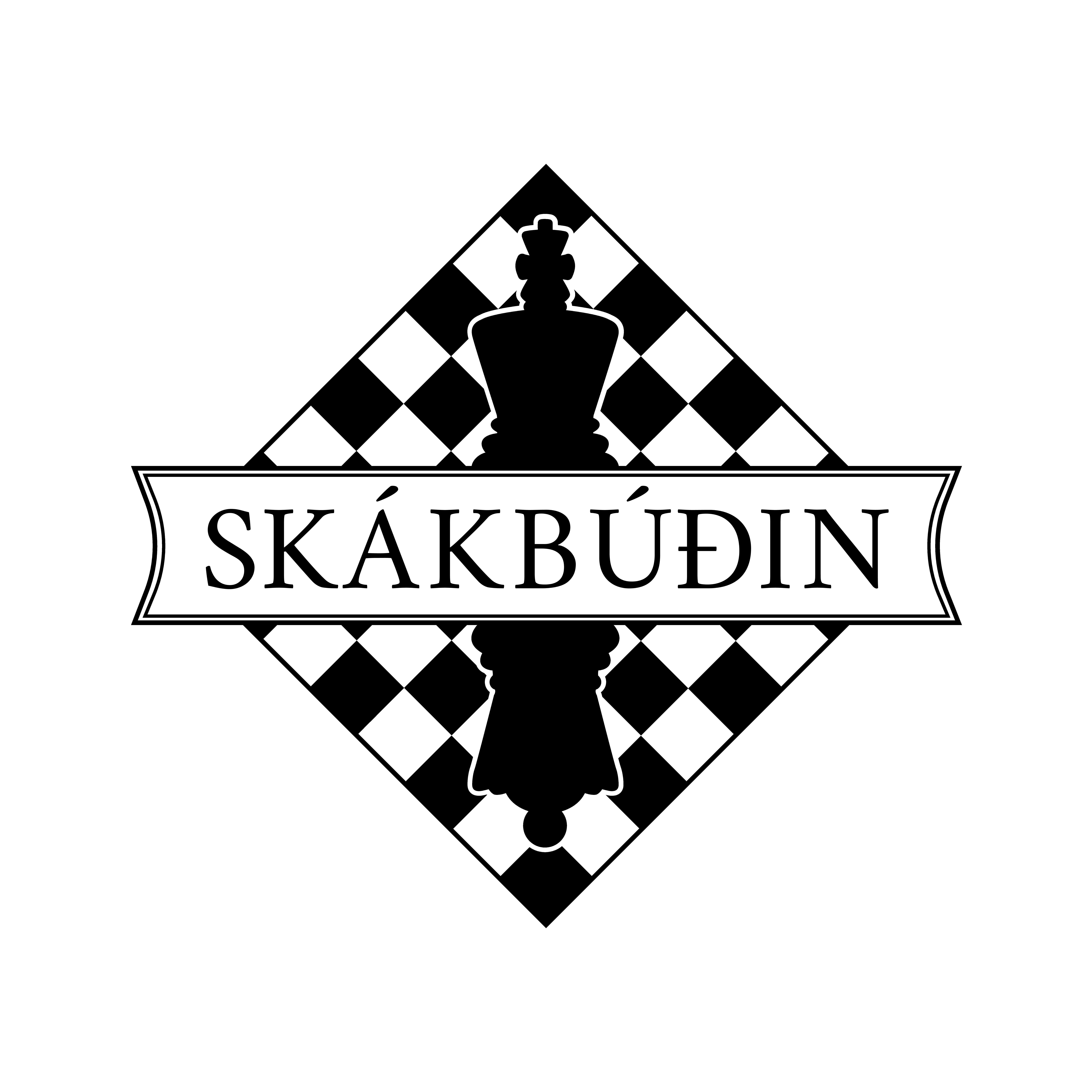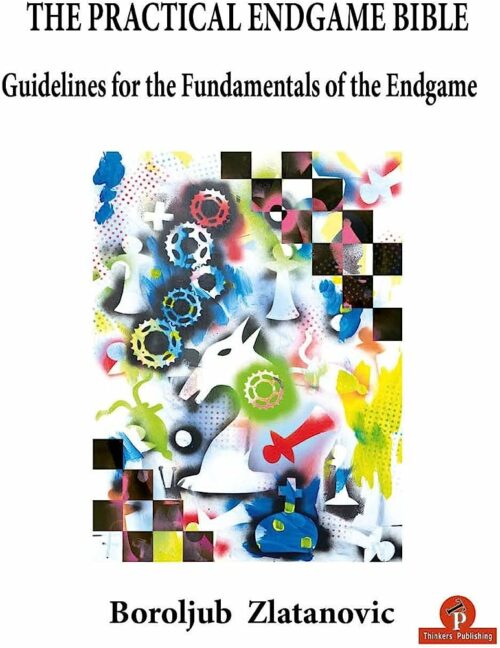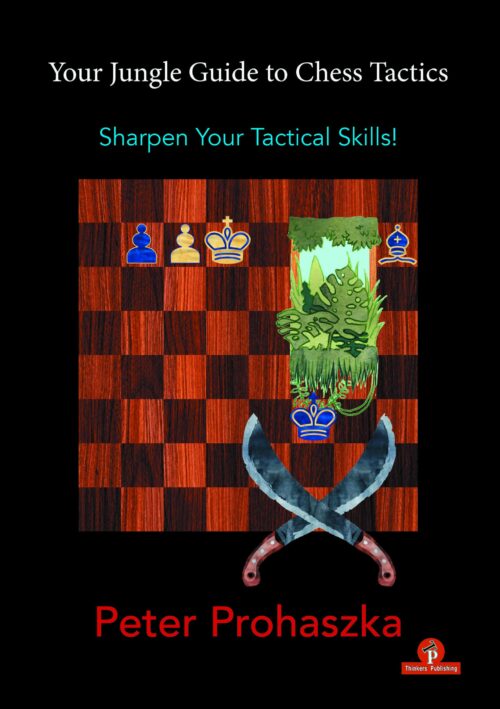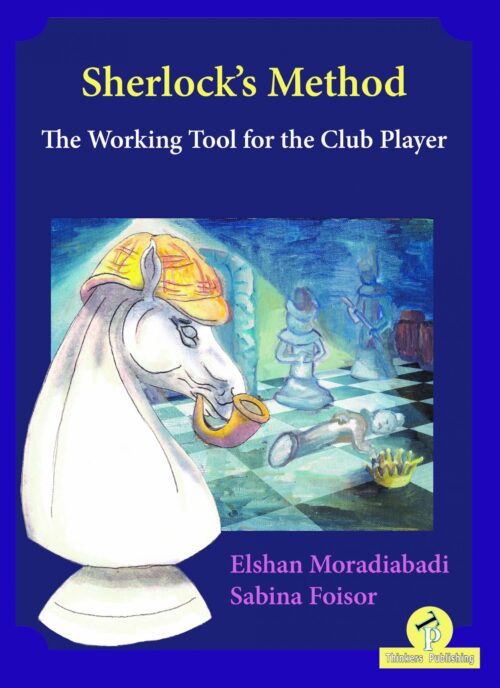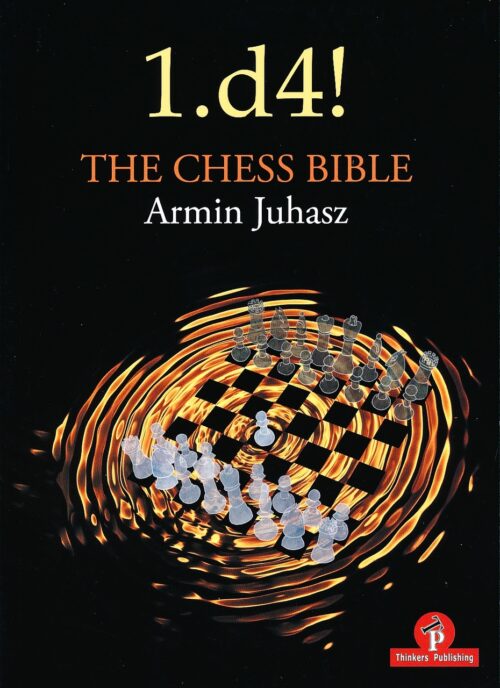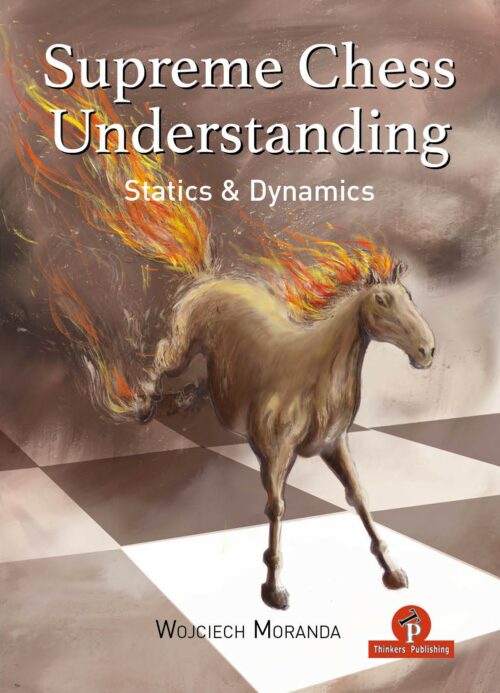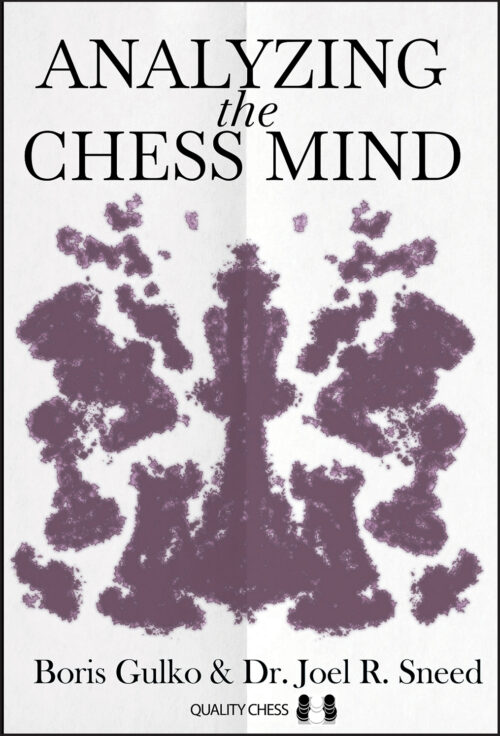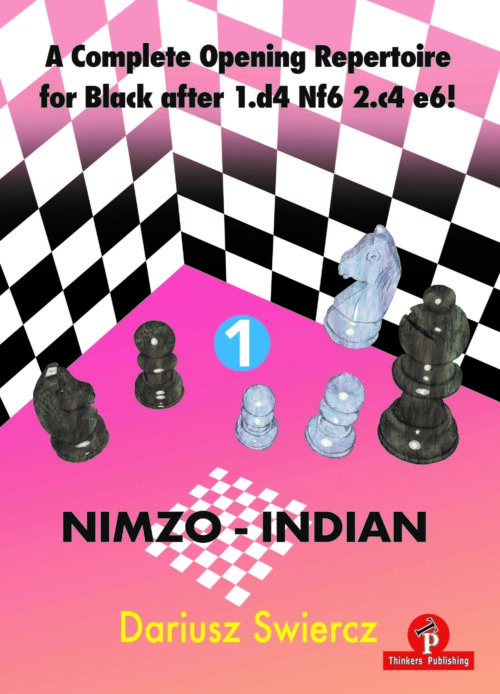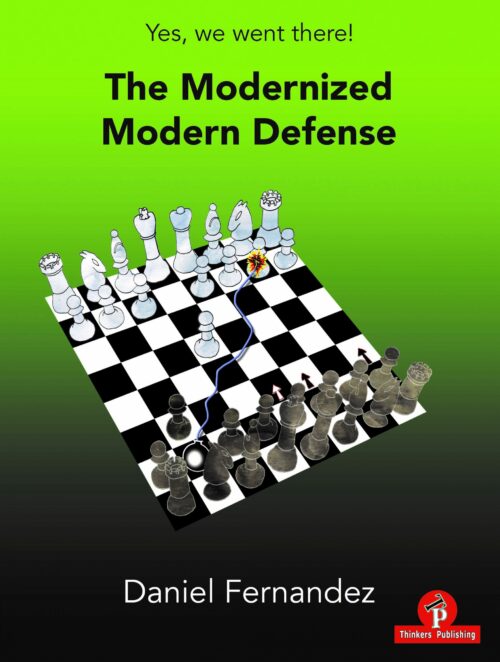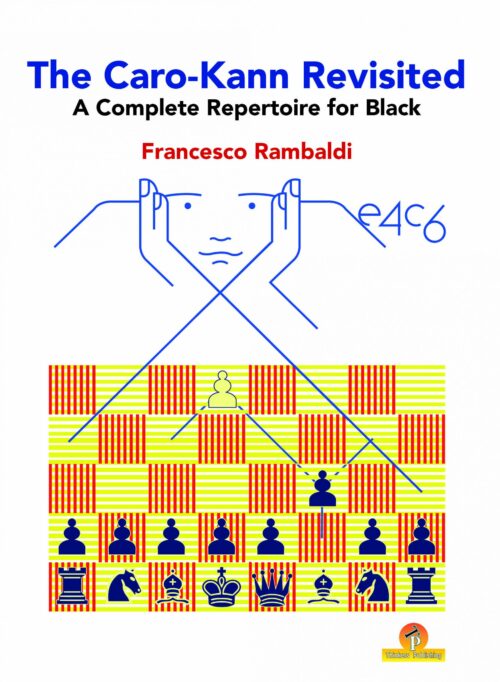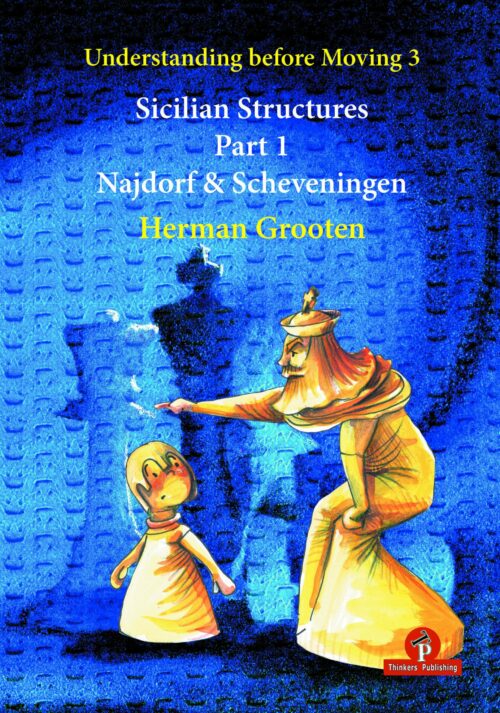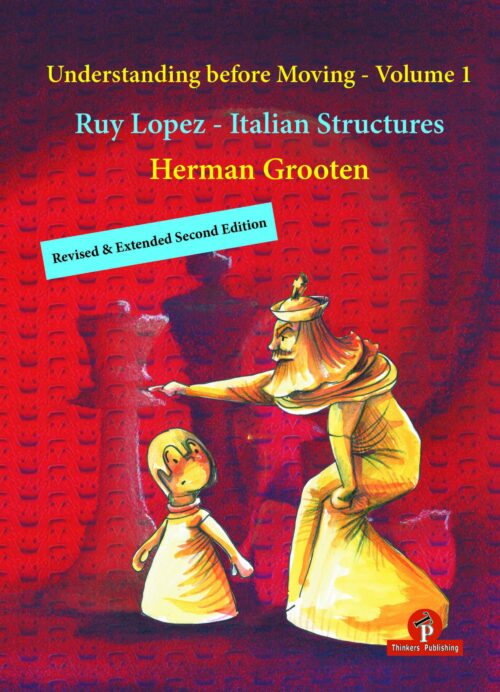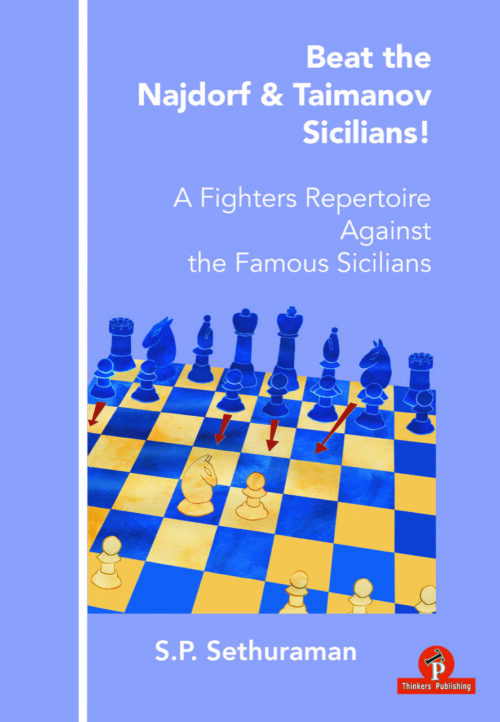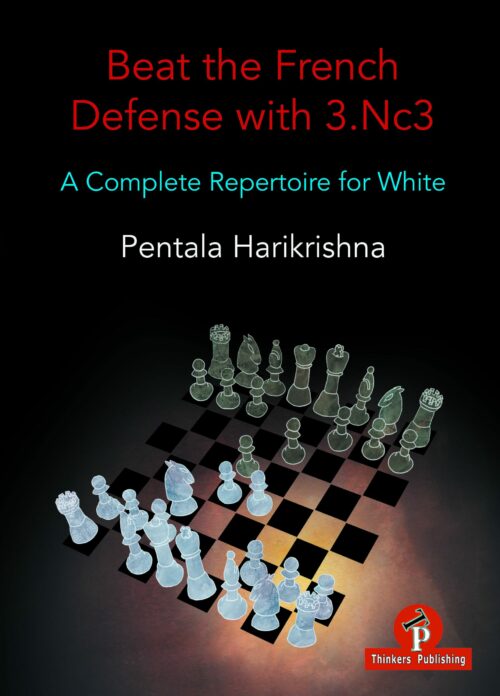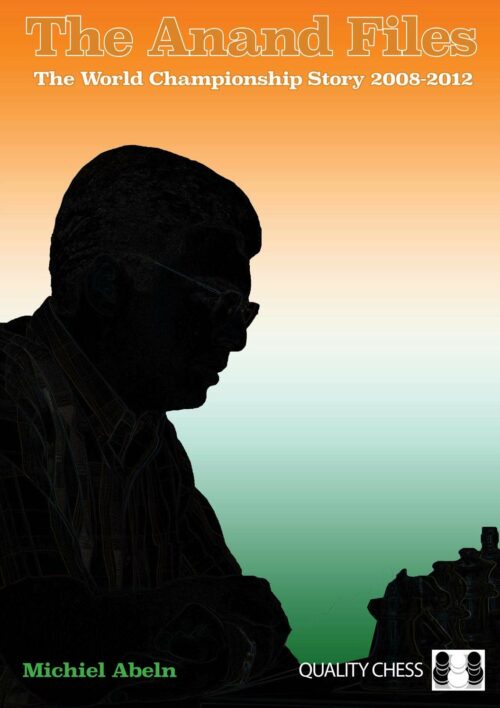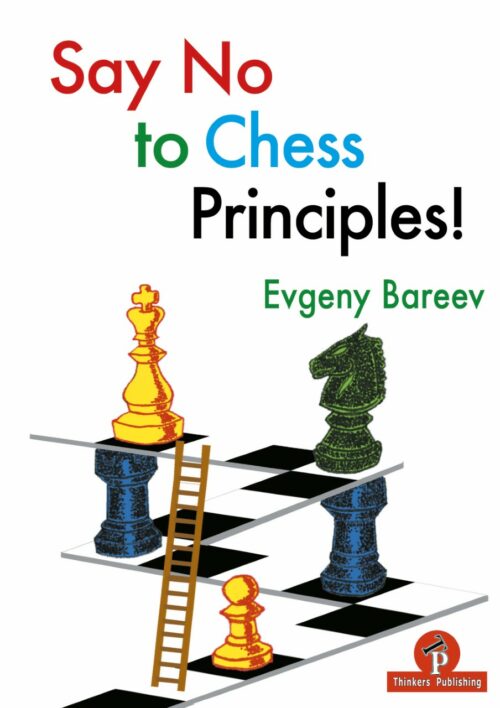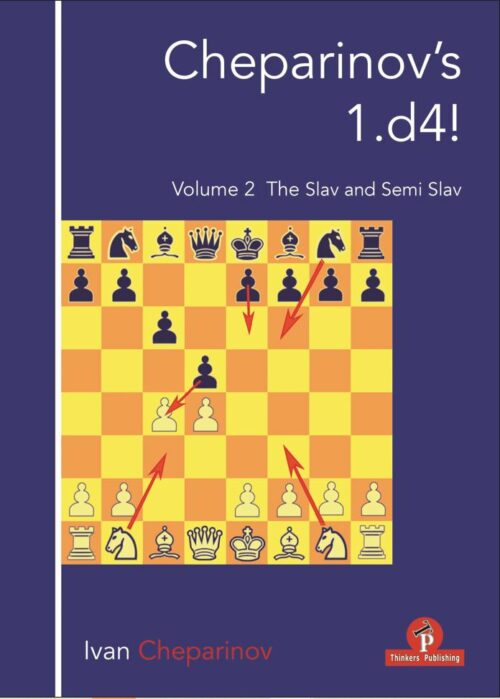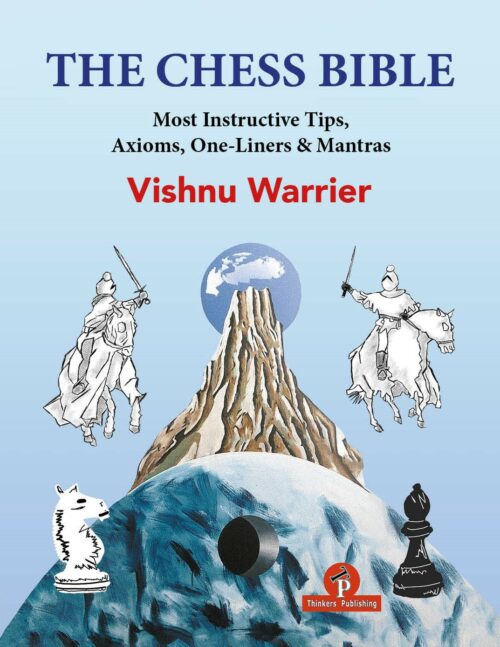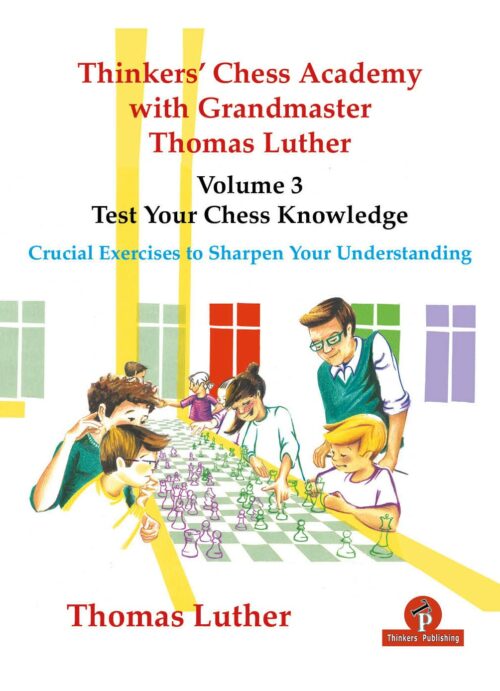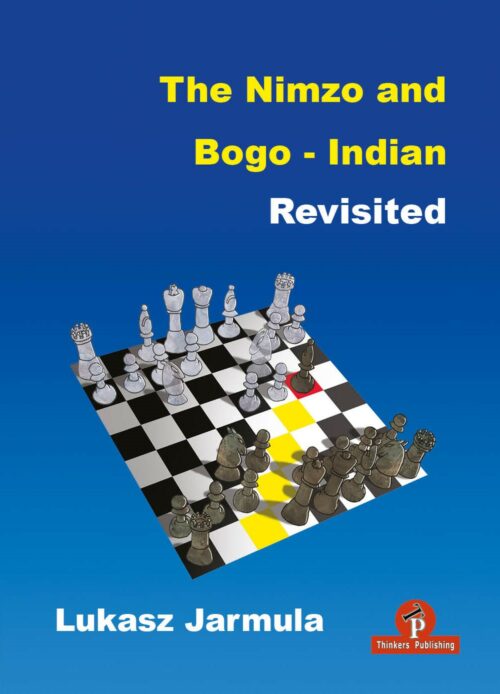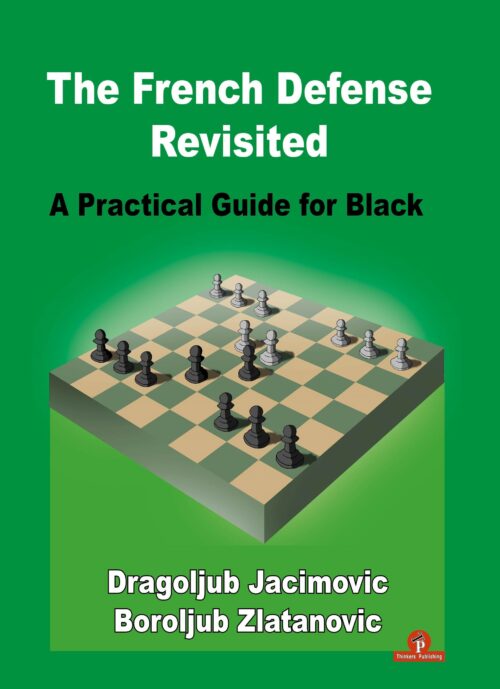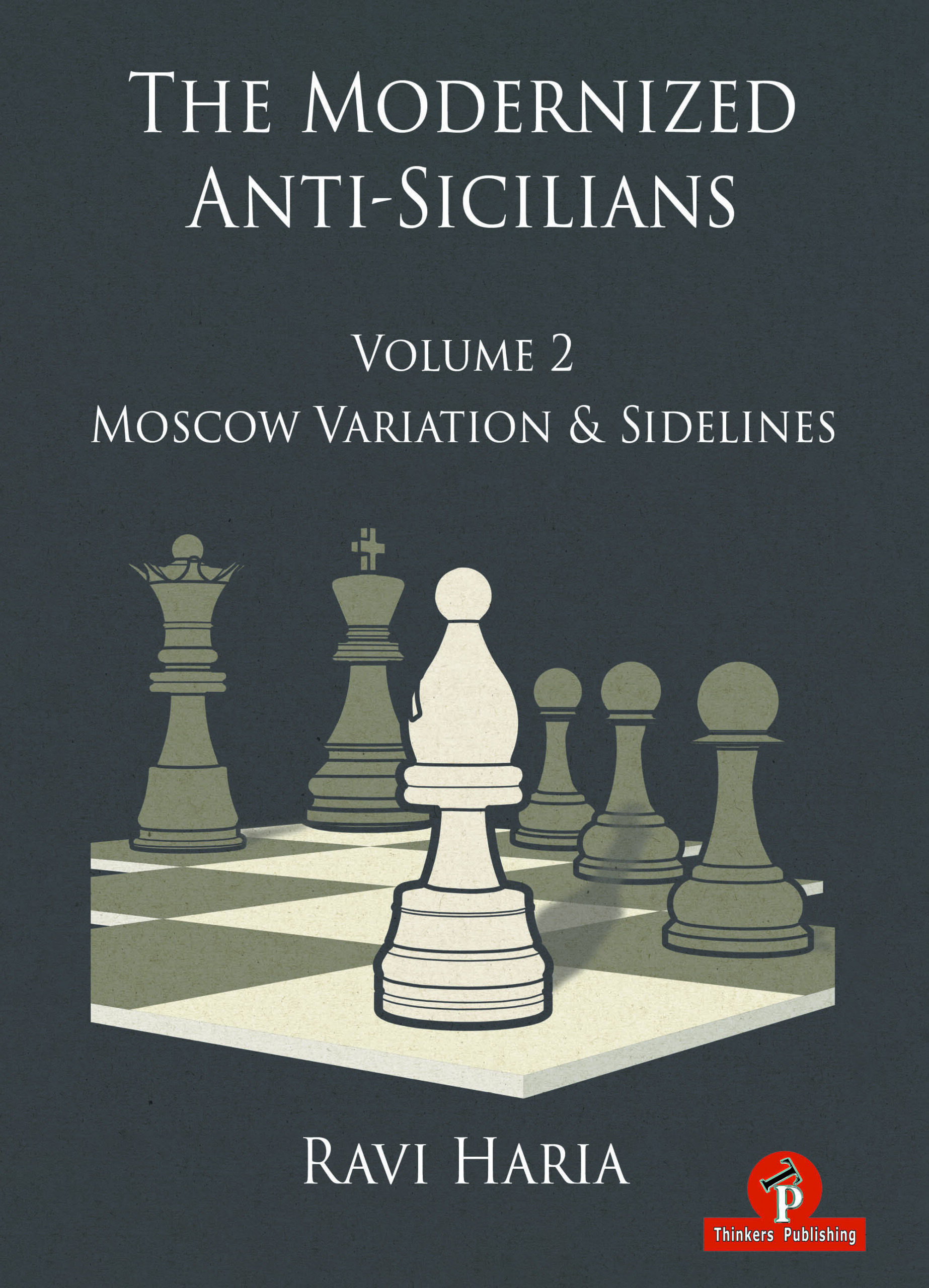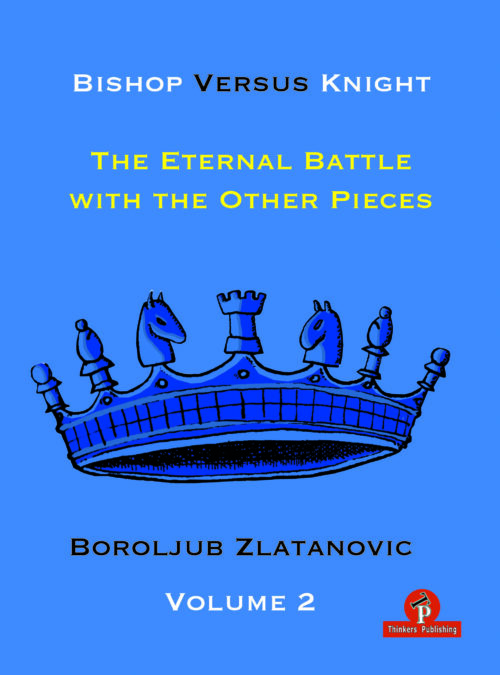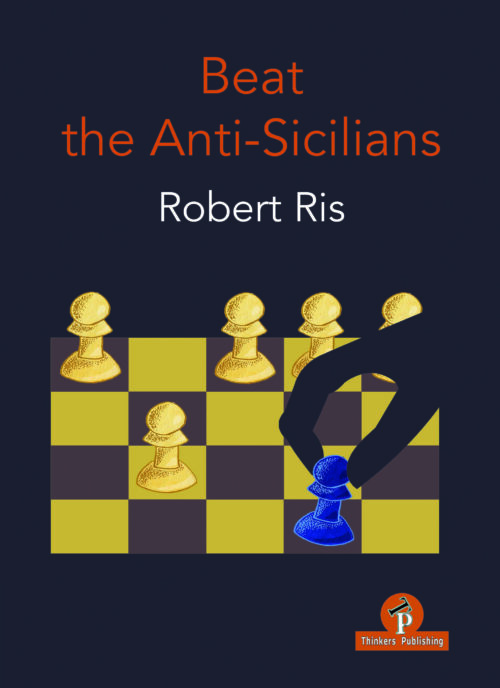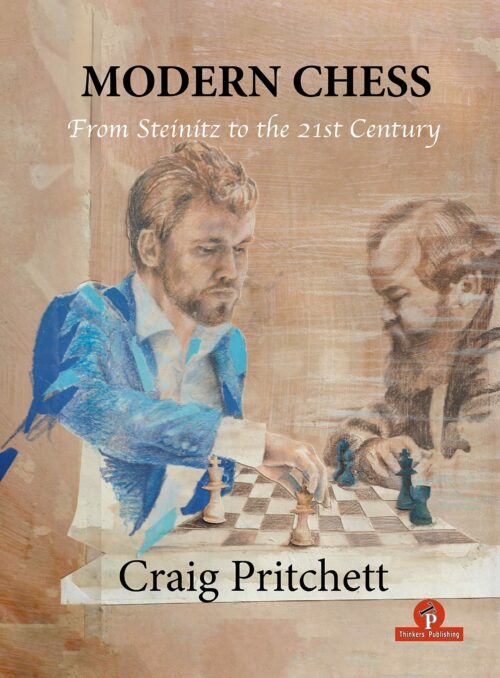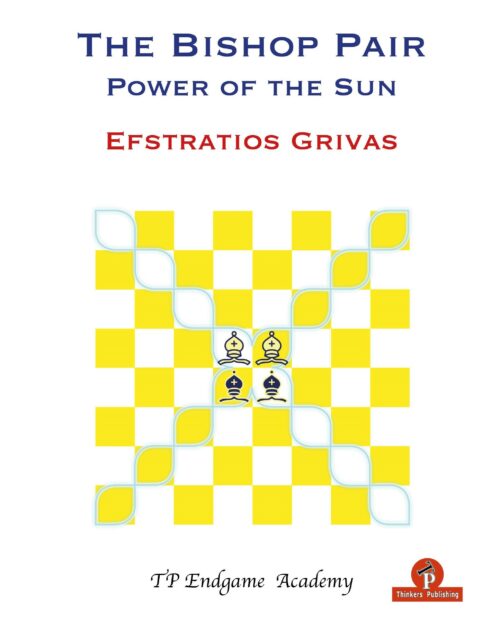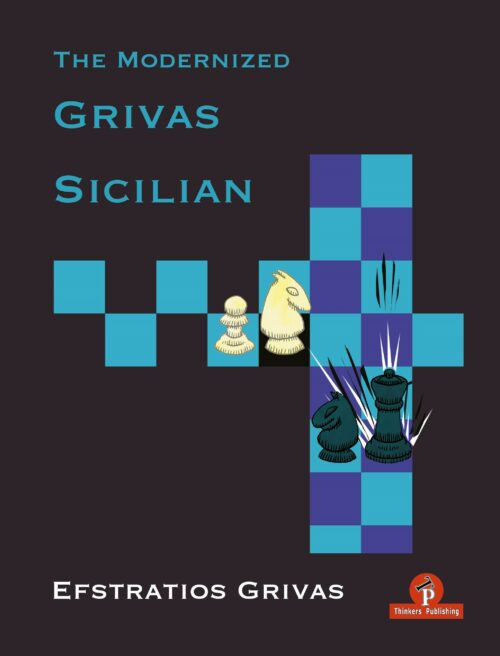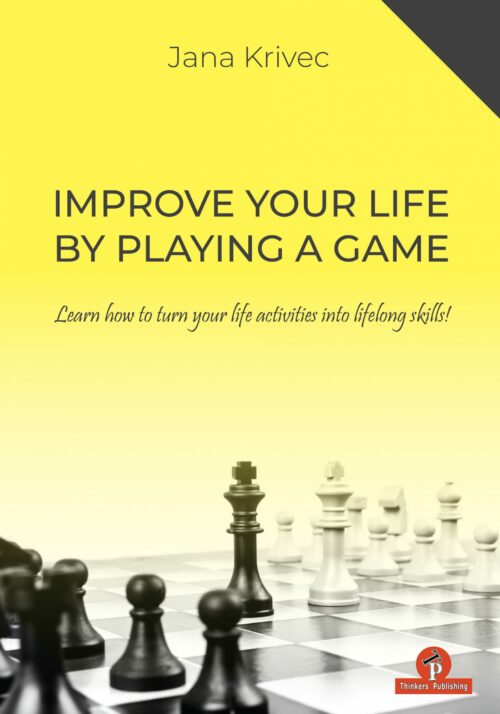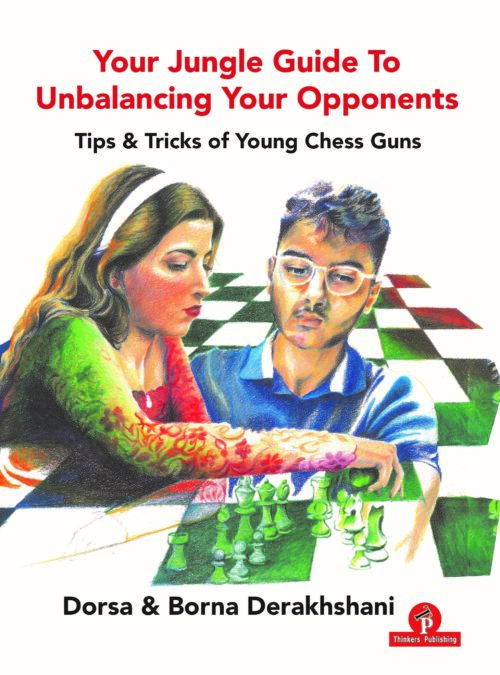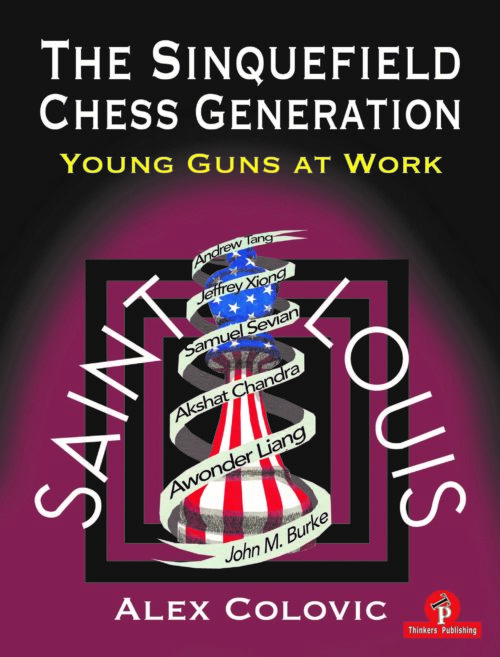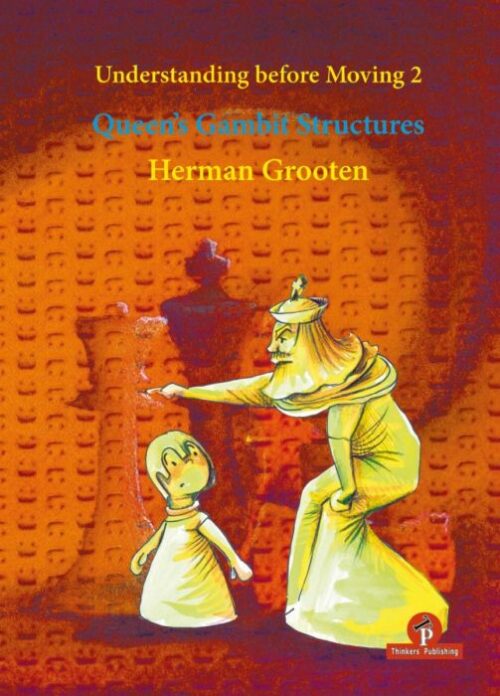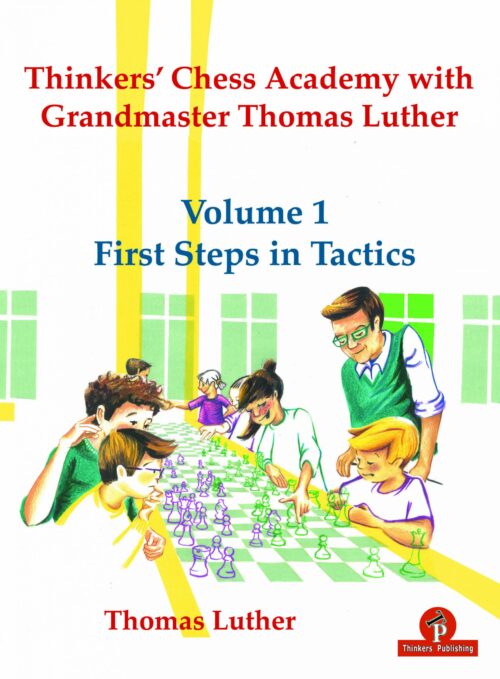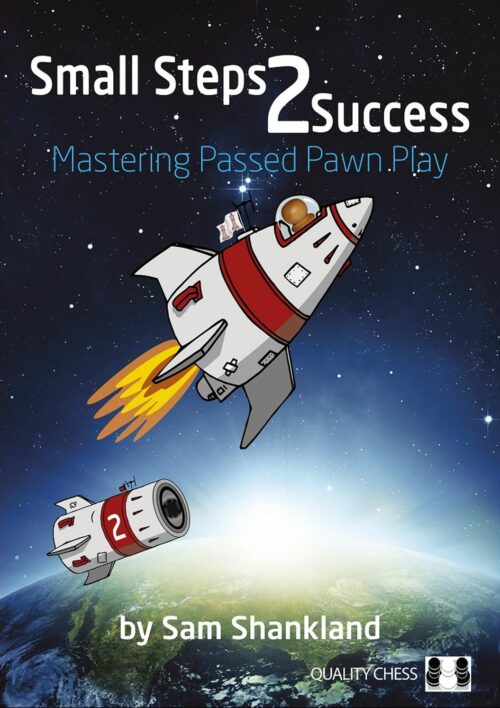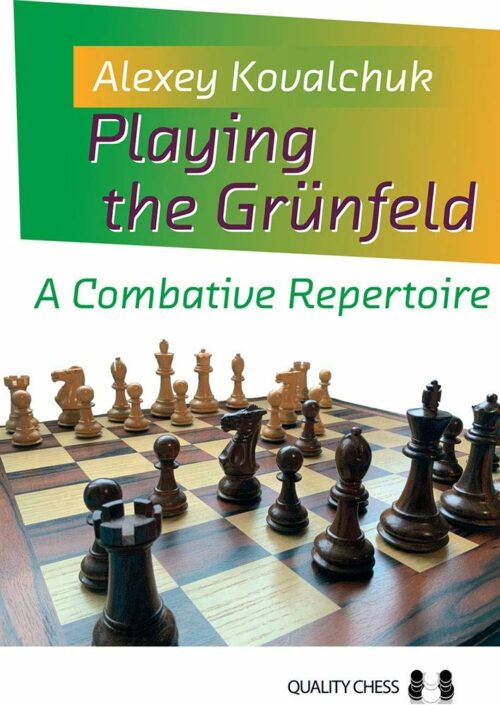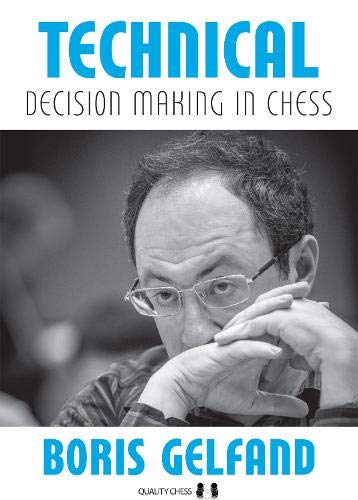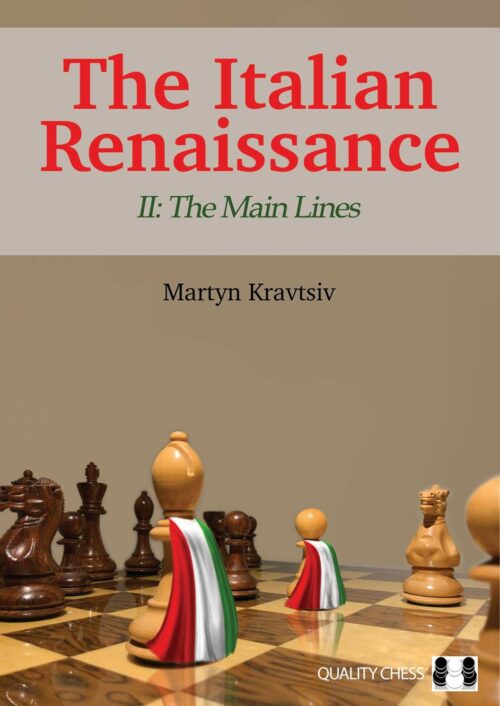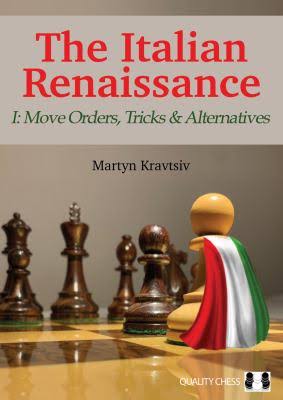-
There are two parts to this book. The first 17 chapters elaborate on the most important motifs in practical chess. The remaining 8 chapters showcase the art of attack and defense. Certain motifs feel like they belong together and the order of the chapters in which they are discussed reflects that. All 25 chapters of this book begin with an introduction which is always designed to clearly illustrate the motif or theme at hand. Most but not all of the games here are classics. All the introductions are followed by training puzzles in order to reinforce pattern recognition and learning for what has been discussed beforehand.
-
Mjög góð þjálfunarbók The book covers exactly what it promises to cover; they have a bit of everything in the examples ranging from silent knight maneuvers to fancy sacrifices. Their idea in the book is to help players train for tournaments by working on all aspects of the game and looking at problems in a wholesome way. They have a wide variety of topics from a wide variety of players. For example, there is an exercise of beautiful tactical play by the former World Champion Viswanathan Anand against Super Grandmaster Alexander Grischuk. As you solve the problem and move on, you will see another exercise played by their students rated around 1300. This is a beautiful way to illustrate that chess is chess, no matter who is playing the game. Just a heads-up to the reader, the latter is much harder to crack! Some of the examples like Jeffrey Xiong missing a queen trap or Nihal Sarin missing a simple way to control an open file to gain an advantage show that even the best of the best make mistakes. Even though there may be easy puzzles you can solve in a few minutes or real Titanic’s that take hours to sink in, you must consistently train with them.
-
The distinction between strategy and tactics is one of the first things any chess player learns about, but have you ever heard about statics and dynamics before? Did you know that nearly every critical decision you take in a game of chess is governed by the rules of the so-called static/dynamic balance? If not, for the sake of your own chess development, you might want learn more about it from this very book! In ‘Supreme Chess Understanding: Statics & Dynamics’, GM Moranda meticulously explains rules governing the physics of the game, focusing in particular on the interplay between static and dynamic factors. In today’s dog-eat-dog chess world it is namely not enough to know the general principles, but rather to grasp when, how and why can these be bent… or even broken. Thanks to the knowledge gained by studying this work, navigating through the maze of positional transformations is going to become a piece of cake! The 65 carefully selected exercises are going to make your chess senses tingle with learning excitement. Apart from that, you shall also benefit from the massive amount of practical advice and psychological tips provided by the author. Finally, the book’s quiz format will make the study process not only fruitful, but above all fun!
-
“A lot of the topics listed demand a very straightforward type of thinking or approach. However it also happens that chess players often discover significant resources which formally exist outside the typical rules of chess. Those who know how to break all the rules and work around those specific guidelines reach the very top.” ~ Evgeny Bareev
-
The Slav encompasses a wide but solid body of theory. Black has plenty of options and finding advantages and practical chances was not easy at all. In any case. From amateurs to very strong players, I believe that every chess player will appreciate this book.
-
As a result, many improve their chess skills very fast and raise hundreds of points in a short time. Yet, many spend years in confusion not being able to improve. What’s the correct approach in this tricky world? How to get maximum value from the good resources, be in the 1st type of group of fast improvers? I believe the answer lies in the following:
- Smart research before picking up a source to study from
- Learning from someone who has walked the talk, who has achieved what you want to or has students who have done that.
- Forget about the word “useful”. You won’t be able to read and watch all the useful books and courses. Instead, change it to “the most effective.”
-
Not every reader is ambitious enough or has enough time to work very hard on his chess. That’s quite understandable and nothing to be ashamed of. You can enjoy chess very well without being a strong tournament player. You could just entertain yourself by playing through interesting combinations. In this case don’t try too hard to solve the Advanced Lessons or Master Class exercises. Have a look to make yourself familiar with the position, than look at the solution and enjoy the surprising combinations. You won’t learn as much as you would by racking your brain to crack the hard nuts. But some knowledge and experience will certainly rub off and increase your understanding of chess. I hope this book will help you to work towards your goals and let have you fun with chess, Thomas Luther, September 2022
-
- The spirit of Indian Defenses is based on flexibility and harmony.
- Most of the lines are positional, not tactical in character.
- While playing Black, you have to accept that occasionally you will not equalize, or get surprised or out-prepared.
- Learning the material from this book should sharply limit the extent of such instances, thus improving your overall results.
- Finally, we have an important piece of advice: remember about color strategy!
- The Bogo-Indian is mainly based on dark-squared control, while the Nimzo-Indian does so on the light squares. In case you forget what to do, this may prove a very useful guideline when choosing a move.
-
The French Defense looks to be inexhaustible and there cannot be enough books dedicated to it. This book takes a step in the direction of revitalizing our favorite opening! The authors have decided to set the book in order from the less to the more popular and complex lines.In the case of the most popular moves 3. e5, Nd2 and 3. Nc3, we decided to offer two options for Black – one aims to lead to calm play, taking care first with finding balance and equalizing. Needless to say, we wish to arm the reader in all scenarios that can arise in a game of chess, depending on their intentions, wishes, preparation, motivation level, standings et
-
- Black is forced to make an immediate decision on move 3 and wait for the right moment to open the position.
- On top the author created practical difficulties for the Black. Naturally, it is not possible to find an advantage in every variation but Ravi added many detailed explanations to guide plans and aid understanding in the various positions White encounters.
- Ravi’s analysis makes Black’s path to equality extremely narrow.
- Finally, it was important to also consider the less popular second moves (2…g6, 2…a6, and 2…Nf6). In particular, both 3.c3 and 3.c4 against 2…g6 were examined.
- The latter transposes to an Accelerated Dragon, which the author can justify including in an Anti-Sicilian book as he believe it’s correct to enter an ‘Open-Sicilian’ type position if it benefits anyone. This approach has been emphasized across both volumes and it is made especially clear in the chapter against 2…g6.
-
In his new endgame series, Boroljub Zlatanovic shows a profound understanding of the most common material imbalance in chess: that of the bishop against the knight. The didactic concept of the book is admirable as well as the detailed explanations of the typical characteristics of this endgame. Despite the importance of this subject, it has received very little detailed coverage in chess literature and this encyclopedic work will definitely fill this gap and offer a lot of useful tips for practical play. ~ Alexander Delchev
-
When I decided to write The Modernized Sveshnikov (June 2020) I knew that I was basically committing myself to covering the Anti–Sicilians in a separate book as well. After all, what’s a book on the Sveshnikov alone worth when your opponents decide to avoid the Open Sicilian? Especially since the Sveshnikov is nowadays considered to be one of the most reliable options for Black in the Sicilian, White players have been investigating new territories within the Anti–Sicilians. The book you are holding in your hands, Beat the Anti–Sicilians, aims to provide a complete Black repertoire against all the critical sidelines after 1.e4 c5. The biggest part of the book covers the Rossolimo and Alapin, but also the popular lines at club player’s level like the Grand Prix Attack and the Morra Gambit, and other alternatives on White’s 2nd move are also worked out in detail.
-
‘I as though traced the evolution of chess thought and repeated its basic steps in my own development … convinced that any player with high ambition should follow such a path’ ~ Vassily Smyslov, 125 Selected Games (1983) This book takes the reader on a journey from early 19th century developments in the game up to the present-day. It takes in the revolutionary Wilhelm Steinitz’s early summation and establishment of a firm positional basis for chess and the considerable contributions made by all of the subsequent world champions and certain other great players, including the contemporary computer phenomenon, AlphaZero.
-
Endgame theory teaches us two fundamental issues: First, how to extract the maximum from a basic theoretical position with little material, where the experts (from practice comprising thousands of games) have reached definite conclusions. Second, the way in which we can handle an endgame, depending on the material remaining on the board, and the ideas and plans we should employ. The purpose of this series is to introduce the reader to advanced training concepts, using the same methods of presentation and instruction that were taught to great players by famous trainers that they have worked with. The series will start with the topic of “the Bishop Pair” and we will examine how to handle this “power of the sun” coupling.
-
GM Sam Shankland er mættur aftur. Búin að vinna nokkur mót og er að brillera á Heimsbikarmótinu sem er í fullu fjöri um þessar mundir. Þjálfunaraðferðir hans og sýn á skák er eitthvað sem metnaðarfullir skákmenn ættu að tileinka sér. Pawn play is a fundamental aspect of chess strategy, yet often neglected in chess literature. In this, his second book on pawn play, Super-GM Sam Shankland sheds light on the vital topic of Passed Pawns.
skákbækurTómas Veigar Sigurðarson2023-06-12T16:33:59+00:00
